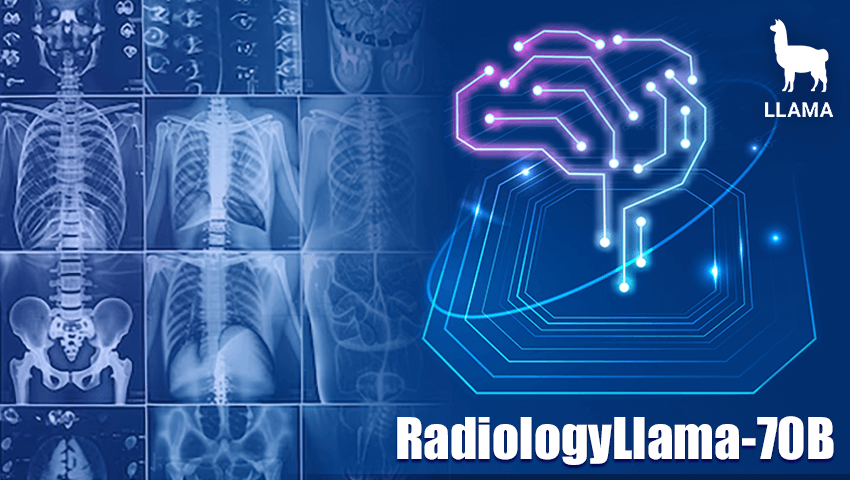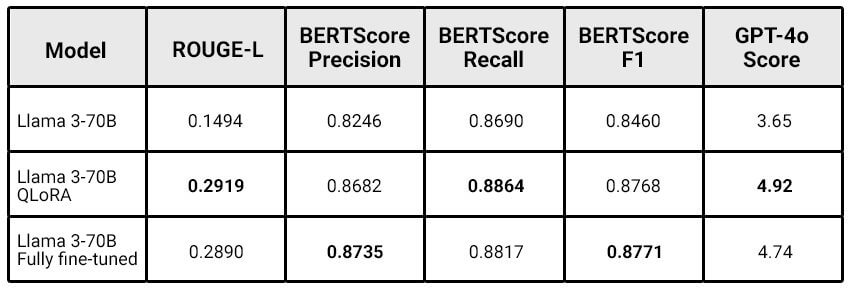
RadiologyLlama-70B: a new language model for radiology reports
Researchers from the University of Georgia and Massachusetts General Hospital (MGH) have developed a specialized language model, RadiologyLlama-70B, to analyze and generate radiology reports. Built on Llama 3-70B, the model is trained on extensive medical datasets and delivers impressive performance in processing radiological findings.
Context and significance
Radiological studies are a cornerstone of disease diagnosis, but the growing volume of imaging data places significant strain on radiologists. AI has the potential to alleviate this burden, improving both efficiency and diagnostic accuracy. RadiologyLlama-70B marks a key step toward integrating AI into clinical workflows, enabling the streamlined analysis and interpretation of radiological reports.
Training data and preparation
The model was trained on a database containing over 6.5 million patient medical reports from MGH, covering the years 2008–2018. According to the researchers, these comprehensive reports span a variety of imaging modalities and anatomical areas, including CT scans, MRIs, X-rays, and Fluoroscopic imaging.
The dataset includes:
- Detailed radiologist observations (findings)
- Final impressions
- Study codes indicating imaging techniques such as CT, MRI, and X-rays
After thorough preprocessing and de-identification, the final training set consisted of 4,354,321 reports, with an additional 2,114 reports set aside for testing. Rigorous cleaning methods were applied, such as removing incorrect records, to reduce the likelihood of "hallucinations" (incorrect outputs).
Technical highlights
The model was trained using two approaches:
- Full fine-tuning: Adjusting all model parameters.
- QLoRA: A low-rank adaptation method with 4-bit quantization, making computation more efficient.
Training infrastructure
The training process leveraged a cluster of 8 NVIDIA H100 GPUs and included:
- Mixed-precision training (BF16)
- Gradient checkpointing for memory optimization
- DeepSpeed ZeRO Stage 3 for distributed learning
Performance results
RadiologyLlama-70B significantly outperformed its base model (Llama 3-70B):

QLoRA proved highly efficient, delivering comparable results to full fine-tuning at lower computational costs. The researchers noted: "The larger the model is, the more benefits QLoRA fine-tune can obtain."
Limitations
The study acknowledges some challenges:
- No direct comparison with earlier models like
Radiology-llama2. - The latest Llama 3.1 versions were not used.
- The model can still exhibit "hallucinations," making it unsuitable for fully autonomous report generation.
Future directions
The research team plans to:
- Train the model on Llama 3.1-70B and explore versions with 405B parameters.
- Refine data preprocessing using language models.
- Develop tools to detect "hallucinations" in generated reports.
- Expand evaluation metrics to include clinically relevant criteria.
Conclusion
RadiologyLlama-70B represents a significant advancement in applying AI to radiology. While not ready for fully autonomous use, the model shows great potential to enhance radiologists’ workflows, delivering more accurate and relevant findings. The study highlights the potential of approaches like QLoRA to train specialized models for medical applications, paving the way for further innovations in healthcare AI.
For more details, check out the full study on arXiv.
